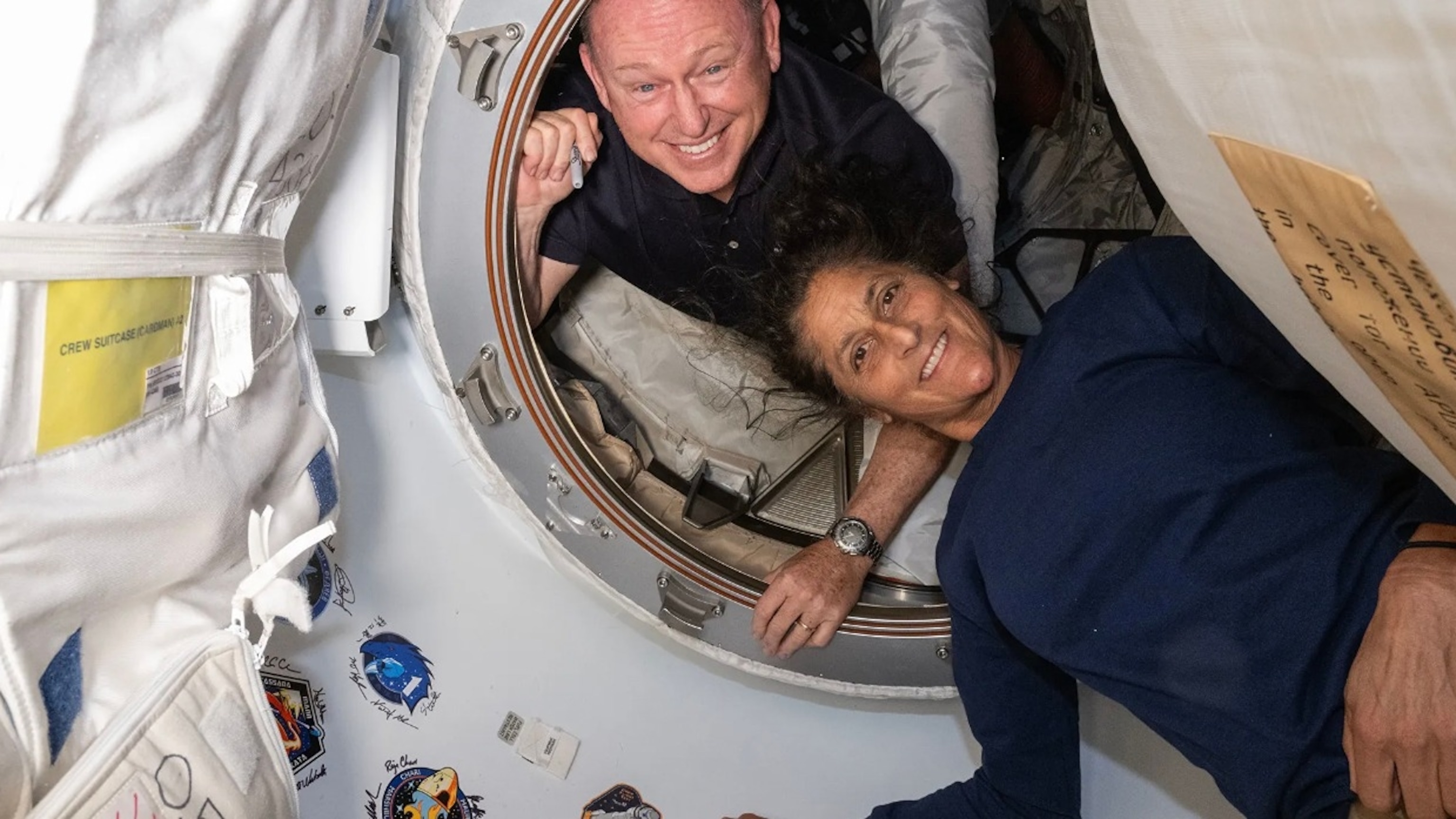
NASA Astronauts Return Home After 9 Months in Space
Imagine spending nine months in space—far beyond your planned stay—dealing with microgravity, radiation exposure, and the psychological challenges of isolation. That’s exactly what NASA astronauts Butch Wilmore and Suni Williams just went through. Initially set for just a one-week mission to the International Space Station (ISS) aboard Boeing’s Starliner capsule, their return was delayed for months due to technical issues. Now, they have finally made their way back to Earth, splashing down off the Florida coast.
Life in space is anything but easy. Being in microgravity for extended periods causes significant changes to the human body. Muscle mass deteriorates due to reduced use, and bones lose crucial minerals—about 1% to 1.5% per month. Without Earth's gravity to keep fluids balanced, astronauts often experience shifts in blood and cerebrospinal fluid, sometimes leading to vision problems and brain structure changes. Even kidney stones become a risk due to dehydration and calcium loss. That’s why astronauts undergo rigorous physical training and follow strict diets to counteract these effects.
Also Read:- Shreyas Iyer Praises Ricky Ponting Ahead of IPL 2025 Reunion
- Clippers Take on Cavaliers in High-Stakes Showdown
Radiation exposure is another major concern. Unlike Earth, which is shielded by its magnetosphere, space exposes astronauts to higher levels of radiation from the sun and cosmic rays. Over a six-month mission, astronauts can absorb radiation equivalent to hundreds of chest X-rays. Prolonged exposure increases the risk of cancer and other health issues. While the ISS does offer some protection, it’s still a serious challenge that NASA continues to study.
Then, there’s the mental toll. Imagine being isolated in a confined space for months, away from family, with the same routine every day. Astronauts train extensively to handle these conditions, but they still face stress, fatigue, and sleep disturbances. NASA is constantly researching ways to mitigate these effects, from virtual reality experiences to simple activities like growing plants.
Despite the unexpected extension of their mission, Wilmore and Williams stayed focused and committed. In interviews, they dismissed the idea that they were “stranded” or “abandoned,” insisting they were always prepared for the mission’s challenges. Their resilience reflects the dedication and training required to be a NASA astronaut.
Now back on Earth, both astronauts will undergo extensive medical evaluations to assess the long-term effects of their prolonged stay in space. Their experience provides invaluable insights into human spaceflight, especially as NASA and other space agencies look toward longer missions—perhaps even to Mars.
Space travel is unpredictable, but missions like this help us prepare for the future. Wilmore and Williams' journey serves as a reminder of the challenges and triumphs of space exploration. Their return marks not just the end of an extended mission, but a crucial step forward in our understanding of how humans adapt to life beyond Earth.
Read More:

0 Comments